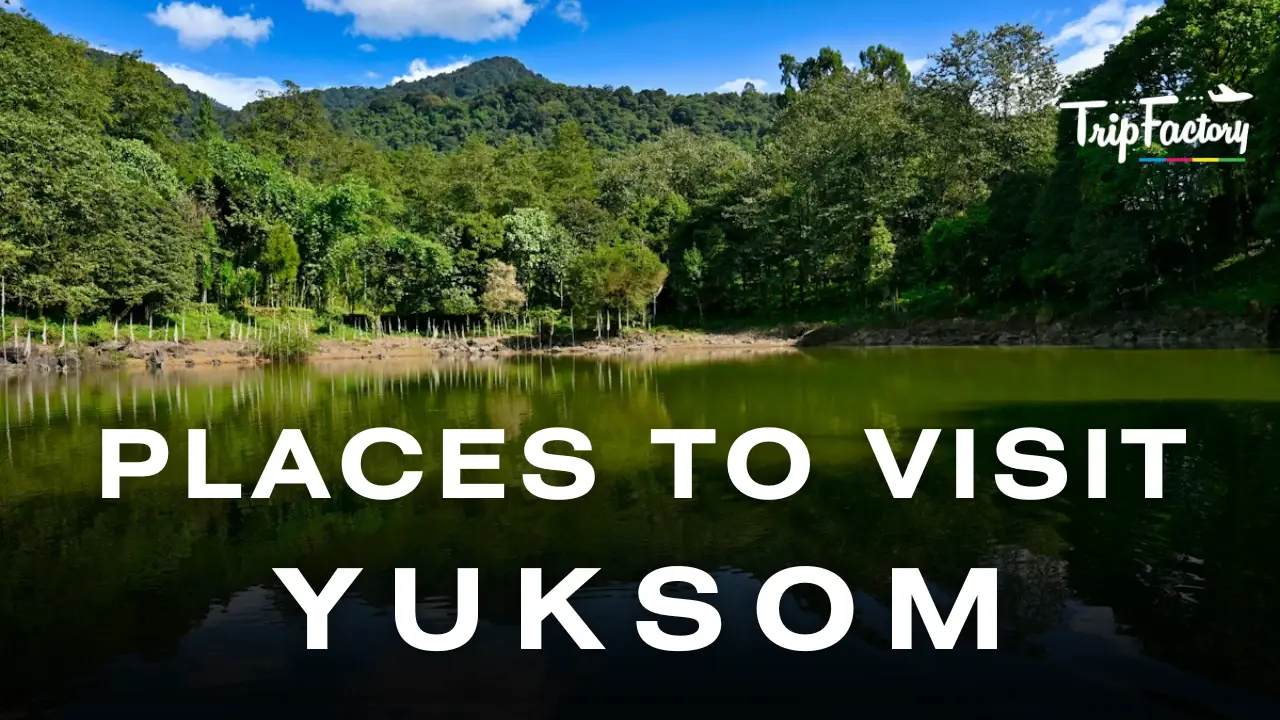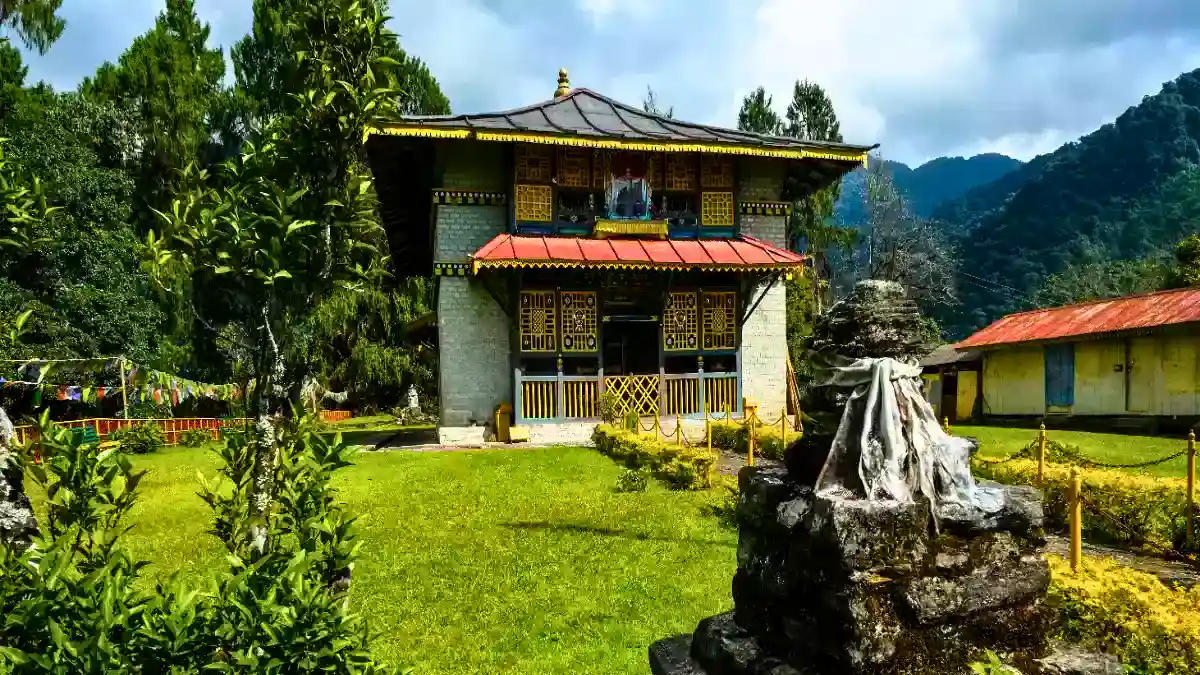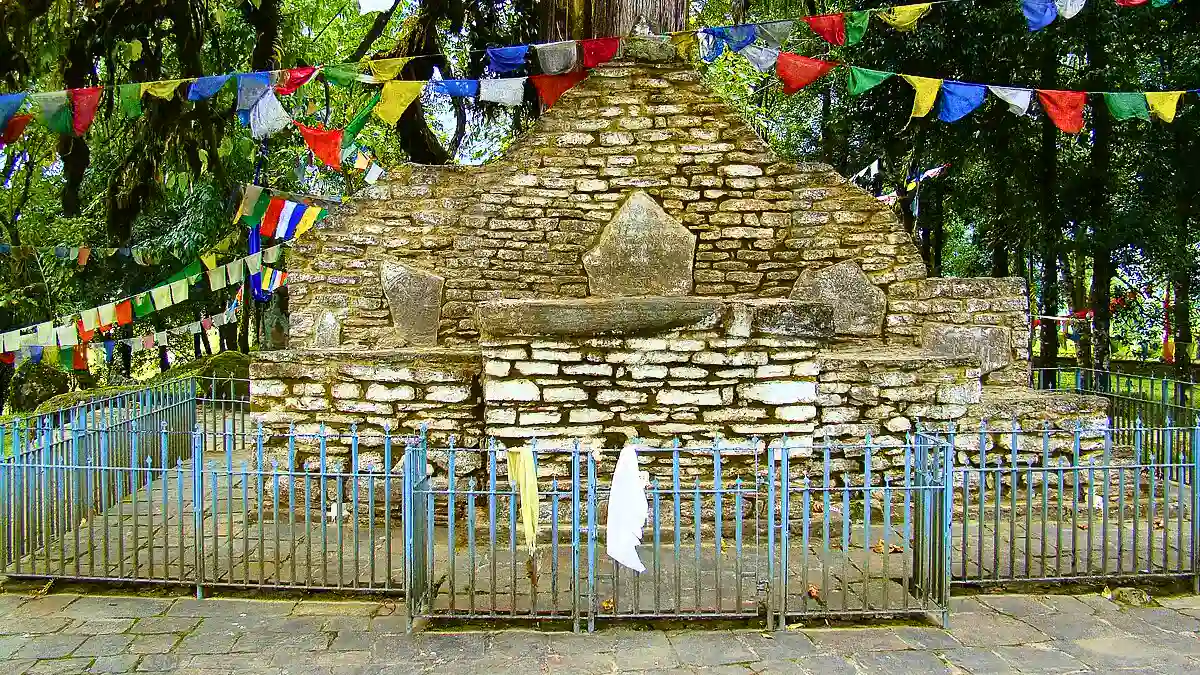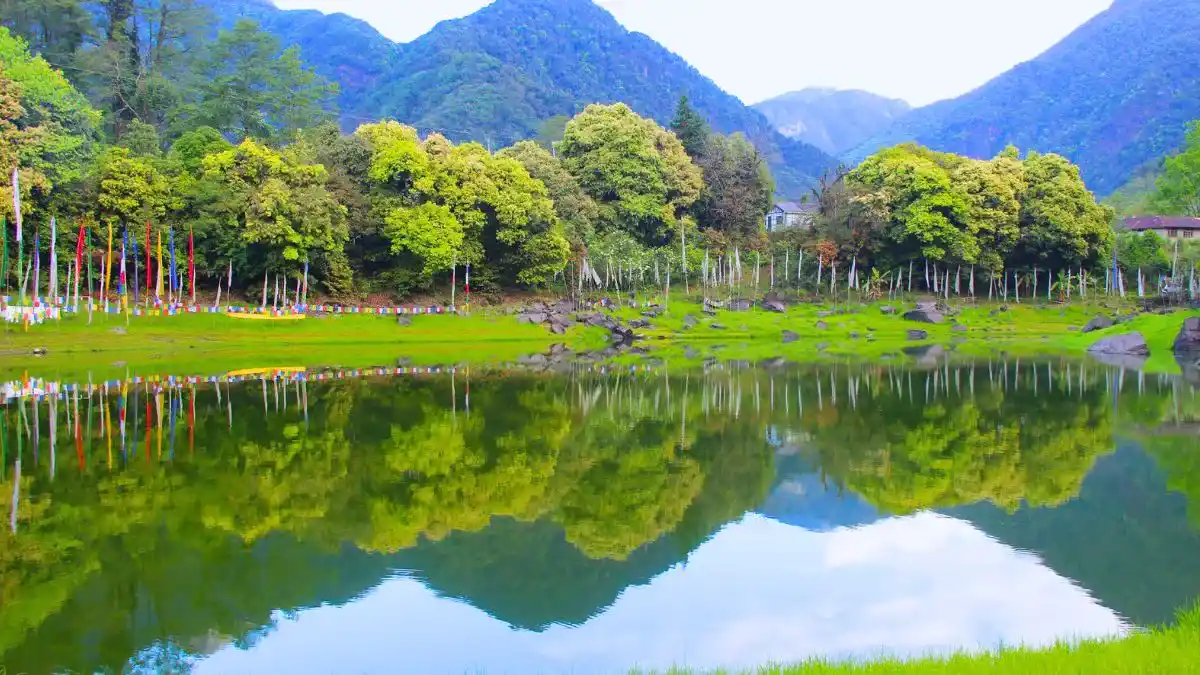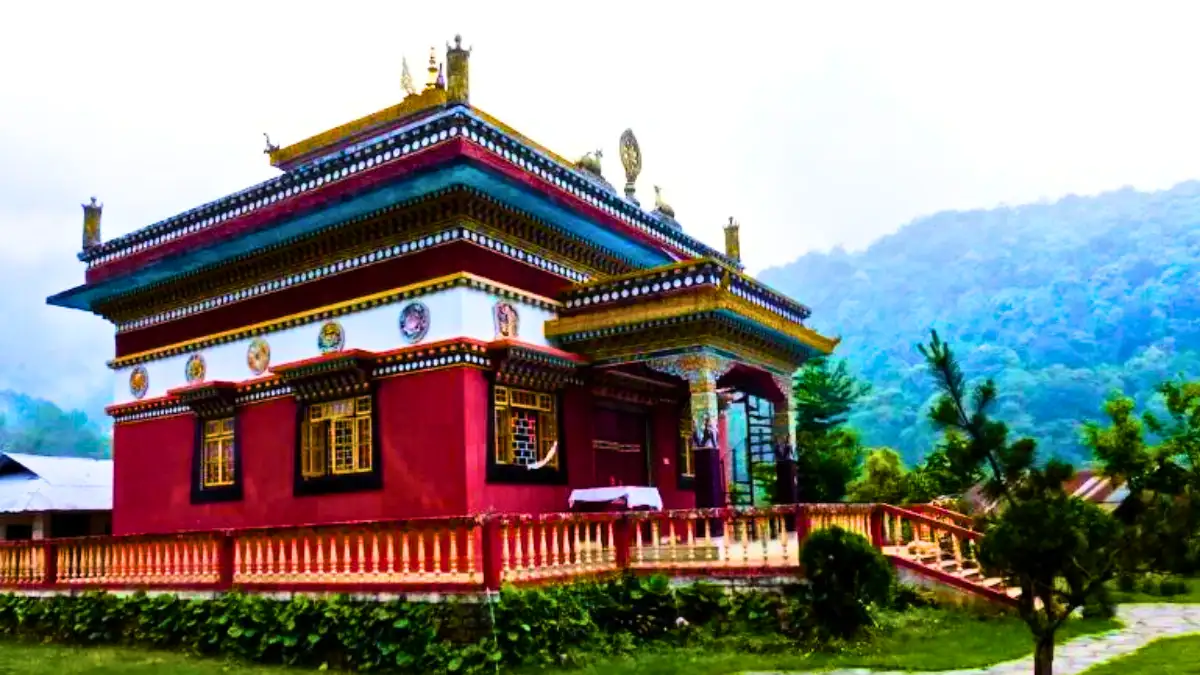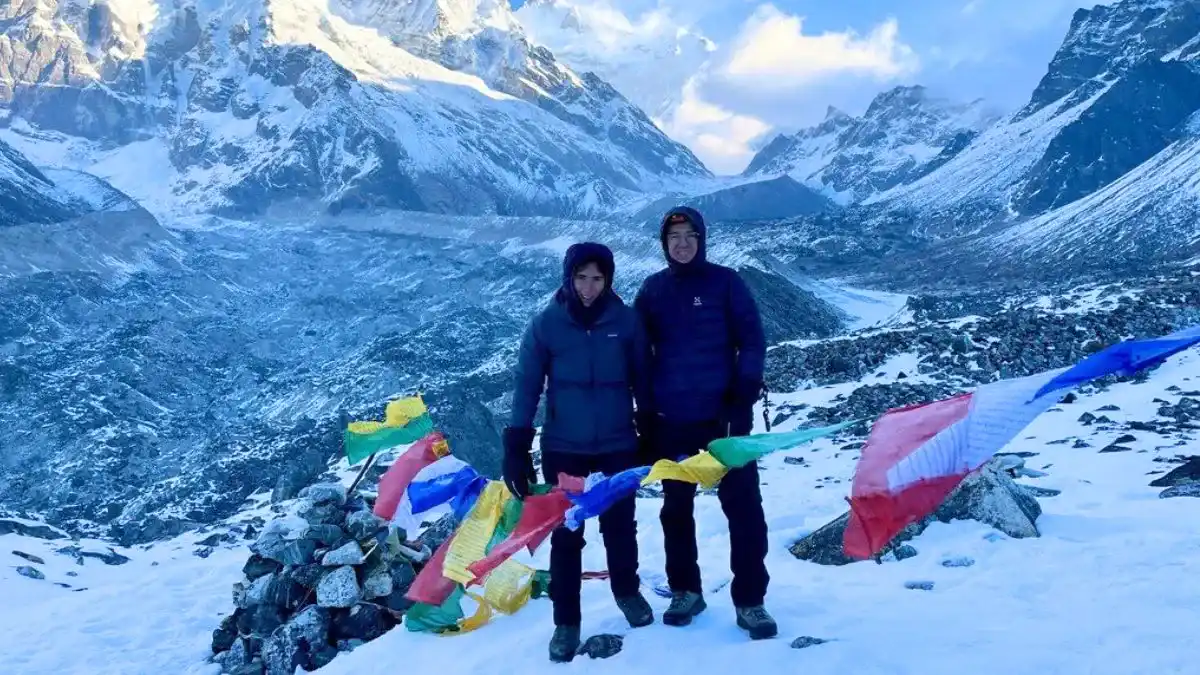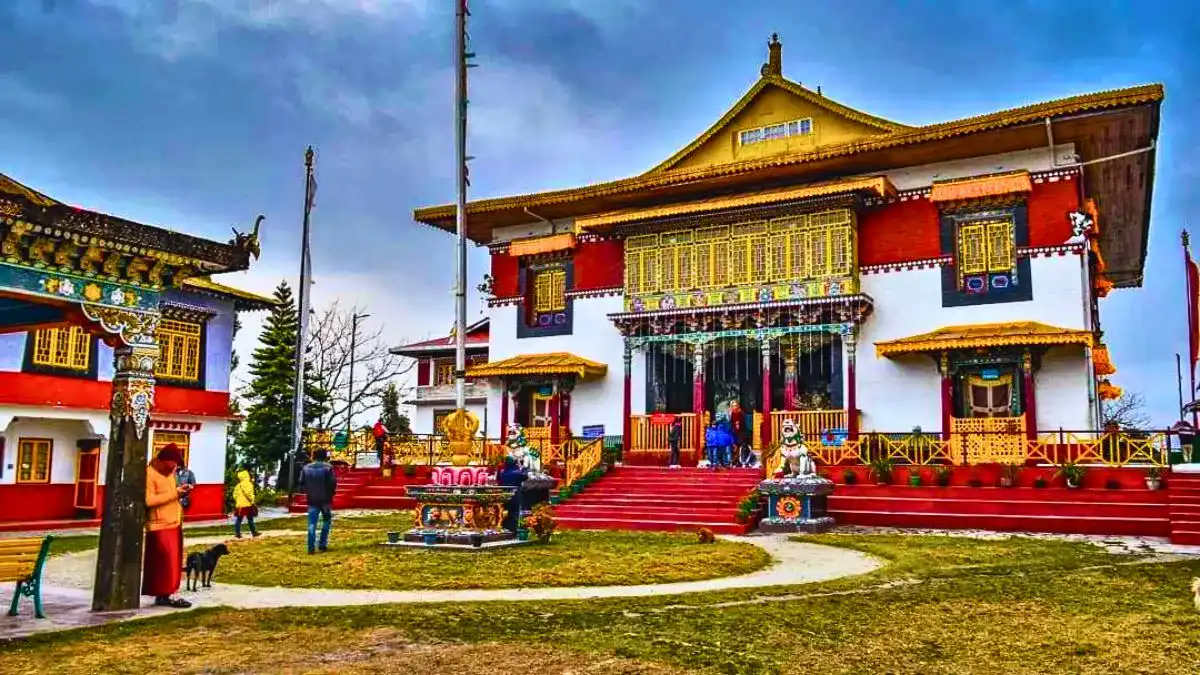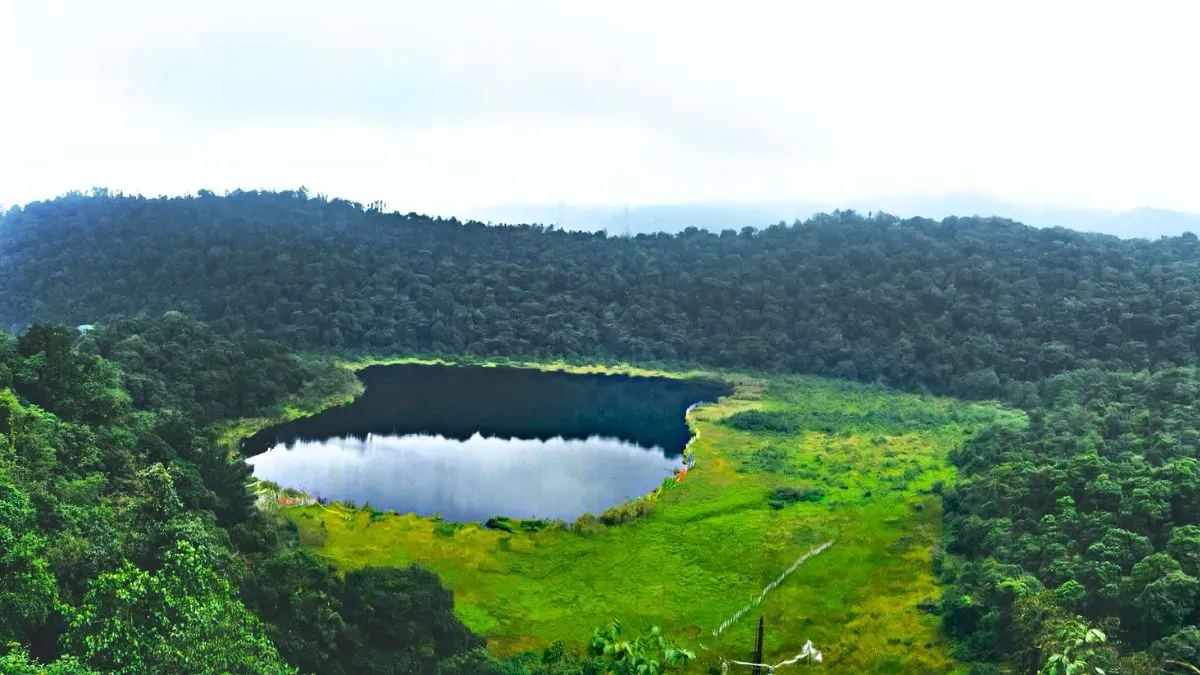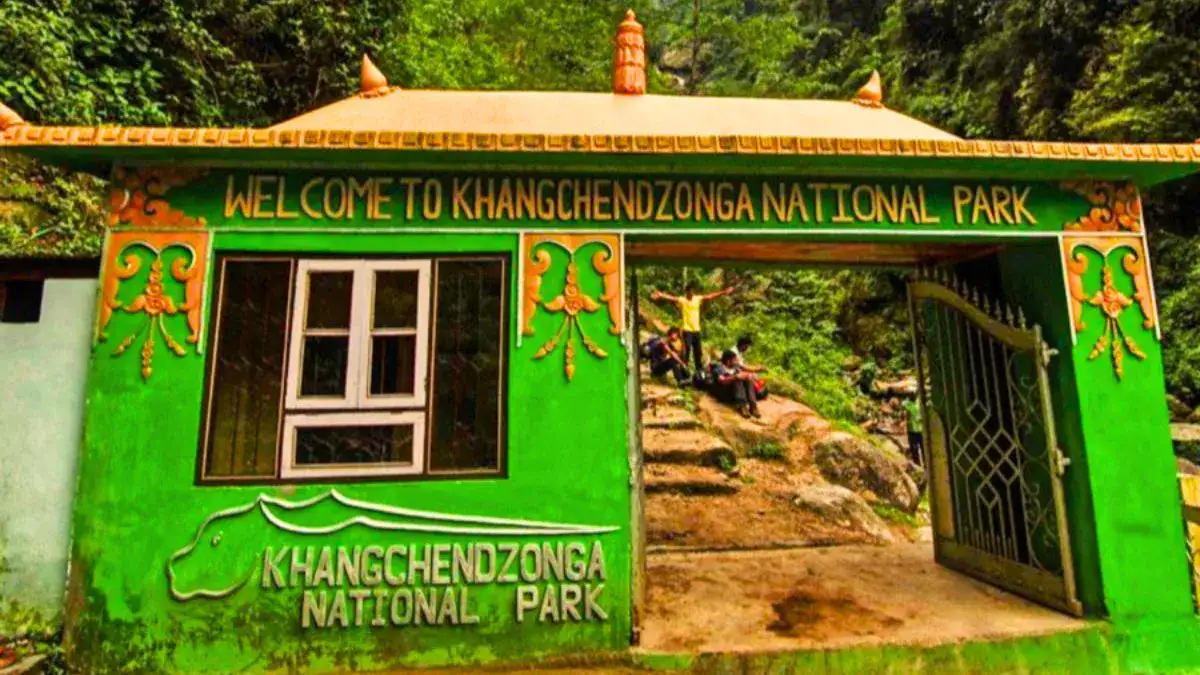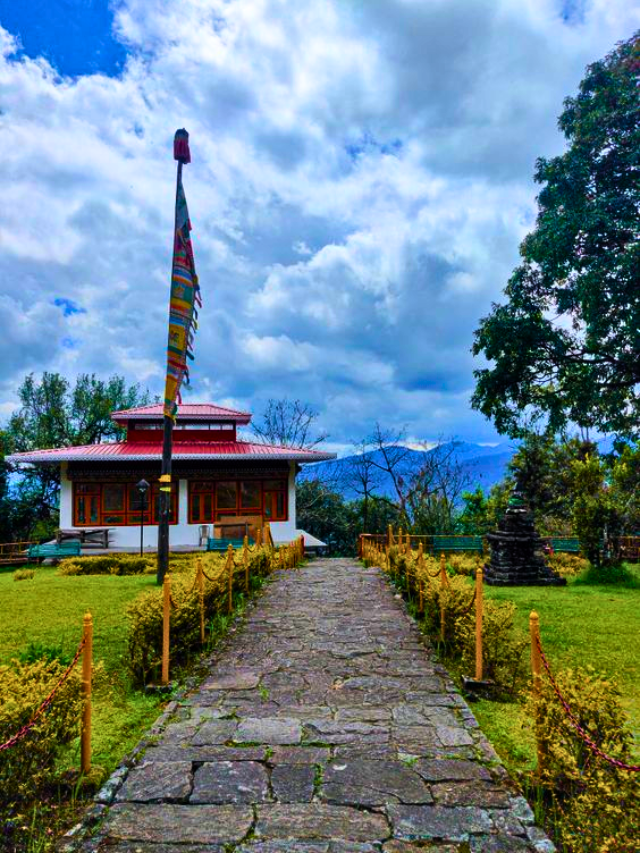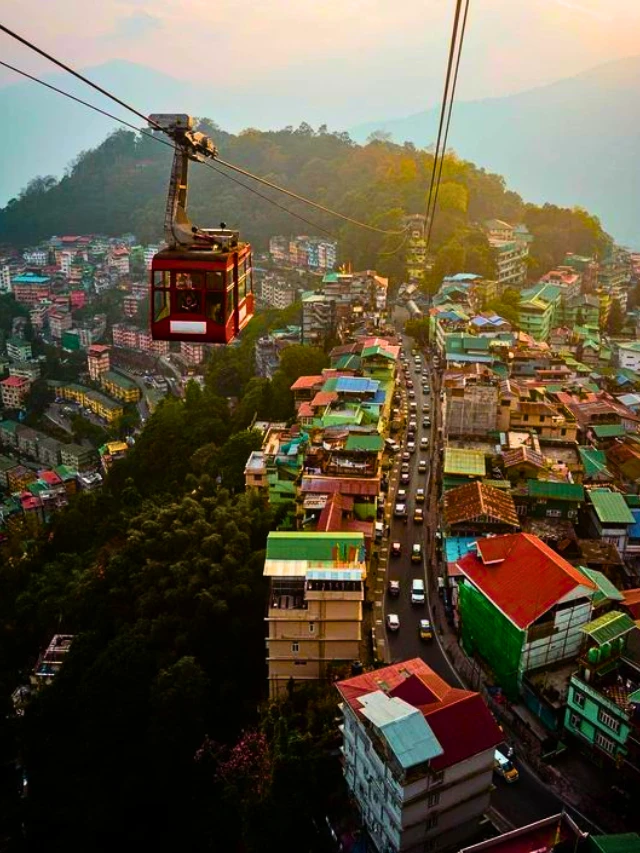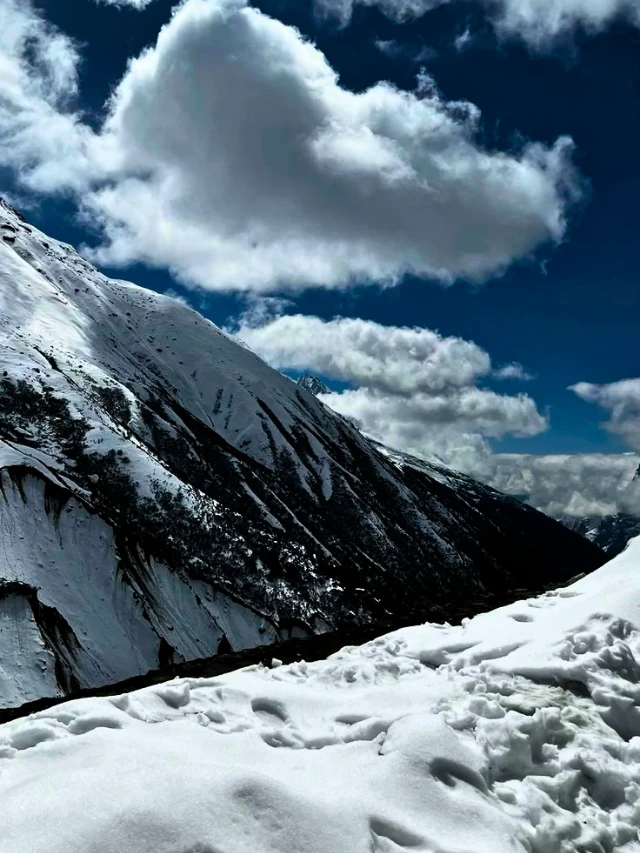Best Places to Visit in Yuksom Include Dubdi Monastery, Norbugang Throne, Kathok Lake, Kartok Monastery, and the Goecha La Trek Starting Point. Located about 40 km from Pelling, this quiet town is situated at an altitude of 1,780 meters, surrounded by forests and mountains. from here you can also enjoy a very good view of Mount Kanchenjunga.
In this article, we’ll cover the top tourist spots including travel-friendly information like Pelling to Yuksom distance, what to expect at each place, and how you can enjoy more on this places
Table of Contents
Distances to Yuksom From Different Main Locations
| From Location | Distance to Yuksom | Approximate Travel Time |
| Pelling | 40 km | 1.5 to 2 hours |
| Gangtok | 120 km | 4 to 5 hours |
| Siliguri | 150 km | 5 to 6 hours |
| Bagdogra Airport | 160 km | 5 to 6 hours |
| Jorethang | 25 km | 1 hour |
| Geyzing | 15 km | 30 to 45 minutes |
| Yuksom to Goecha La Trek Start Point | 0 km (starting point) | Trek duration 7-8 days |
Here are 10 great places to visit in Yuksom:
- Dubdi Monastery
- Norbugang Coronation Throne
- Kathok Lake
- Kartok Monastery
- Goecha La Trek Starting Point
- Yuksom Market
- Pemayangtse Monastery (nearby)
- Khecheopalri Lake (nearby)
- Tashiding Monastery (nearby)
- Khangchendzonga National Park Gate
Dubdi Monastery
Dubdi Monastery, built in 1701, is known as the oldest monastery in Sikkim. It is located on a small hill above Yuksom town and can be reached by walking for about 30 to 40 minutes through a forested trail.
The monastery has traditional Buddhist architecture, old statues, and colourful wall paintings that reflect the history of Buddhism. It was established by Lhatsun Namkha Jigme, one of the three monks who crowned the first Chogyal (king) of Sikkim.
From the monastery, you can get clear views of the surrounding hills, and the whole area. It’s a good spot to understand more about Sikkim’s early history and culture.
Dubdi Monastery is often included in most Yuksom sightseeing plans, especially for those interested in visiting historical and religious sites.
Norbugang Coronation Throne
The Norbugang Coronation Throne is one of the most important historical places in Yuksom Sikkim. This is where the first king (Chogyal) of Sikkim, Phuntsog Namgyal, was crowned in the year 1642. The coronation was conducted by three respected lamas who had traveled from Tibet.
At the site, you’ll see a white stone throne, a large prayer wheel, and a chorten (stupa), all surrounded by prayer flags and old trees. Nearby, there’s also a small pond called Kathok Lake, which was used during the coronation rituals (Coronation rituals are special ceremonies where a king or queen is officially crowned and begins their rule.).
This place holds strong cultural and historical value. It marks the beginning of the Sikkimese monarchy and the founding of Yuksom as the first capital of Sikkim. Signboards at the site explain the significance of each part, which makes it easier to understand even for first-time visitors.
The Norbugang Throne is located within walking distance from the main Yuksom town and is included in almost every Yuksom sightseeing plan.
Explore other places to visit in Sikkim
| Places to Visit in Pelling | Places to Visit in Namchi |
| Places to Visit in Ravangla | Places to Visit in Lachung |
| Places to Visit in Yuksom | Places to Visit in Gangtok |
| Places to Visit in Lachen |
Kathok Lake
Kathok Lake is a small natural lake located near the Norbugang Coronation Throne in Yuksom Sikkim. Though it’s not very large, the lake is known for its clean water and calm setting. Local people consider it a sacred spot, as it was used during the crowning ceremony of the first king of Sikkim in 1642.
The area around the lake has colourful prayer flags, and you’ll also find a walking path and benches where visitors can sit and rest. Right next to the lake is the Kathok Monastery, which adds to the peaceful vibe of the place.
It’s easy to reach by foot from Yuksom’s main market, and many travelers stop here after visiting the Norbugang Throne. Even though it’s a short visit, Kathok Lake Yuksom is often remembered for its quiet beauty and connection to Sikkim’s early history.
Kartok Monastery
Kartok Monastery is located just a short distance from the main town of Yuksom. It is one of the important monasteries in the area and belongs to the Nyingma sect of Buddhism.
The monastery is known for its peaceful atmosphere and traditional architecture. Visitors can see colorful paintings, ancient scriptures, and prayer halls where monks perform their daily rituals.
The surrounding area has beautiful views of the hills and forests, making it a nice spot for a quiet walk. The monastery also serves as a center for local festivals and religious events, which add to the cultural experience of visiting Yuksom.
Kartok Monastery is easily accessible from Yuksom and is included in many sightseeing plans for visitors who want to learn about the region’s spiritual life.
Goecha La Trek Starting Point
Yuksom is famous as the starting point for the Goecha La Trek, which is one of the most popular treks in Sikkim. The trek leads to Goecha La Pass, located at an altitude of about 4,940 meters. This route offers beautiful views of the Kangchenjunga range.
From Yuksom town, the trek begins with a gradual walk through forests and small villages. Total trek distance is around 45 to 50 km and it takes about 7 to 8 days to complete.
For those interested in trekking, Yuksom provides all necessary permits and guides to start the journey safely. Even if you’re not trekking, visiting Yuksom to see the start of this famous trail is interesting, as the town has a calm and welcoming atmosphere.
Yuksom Market
Yuksom Market is a small area in the center of the town where you’ll find a few local shops, cafés, and homestays.It’s not a big or busy market, but you will get your basic groceries, snacks, winter clothes, and simple trekking gear.
There are also small stalls selling handmade woolen items, local products alo there are some shops that offer tea, momos, and local food, which is a nice way to experience the local.
The market is a good place to talk to locals, buy useful items for trekking. Most visitors stop here either before heading out on the Goecha La trek or after visiting places like Dubdi Monastery and Kathok Lake.
Pemayangtse Monastery
Pemayangtse Monastery is one of the most well known monasteries in Sikkim, located about 40 km from Yuksom, near Pelling. It was built in the 17th century and belongs to the Nyingma sect of Tibetan Buddhism, just like the monasteries in Yuksom.
The monastery is built on a hilltop and offers wide views of the mountains and valleys. Inside of this monastery, there are beautifully painted walls, statues, and an impressive wooden structure on the top floor called the “Zangdok Palri” , a detailed model of the heavenly palace in Buddhist belief, made completely by hand over many years.
This place is important not only for its religious value but also for its architecture and craftsmanship. The monastery also hosts an annual Cham dance festival, where monks perform masked dances.
Khecheopalri Lake
Khecheopalri Lake is located around 30 km from Yuksom, and it is one of the most visited lakes in West Sikkim. The lake is surrounded by dense forest and hills, and is considered very special. People believe that wishes made here with a pure heart may come true.
The lake is clean and well-maintained. Interestingly, you’ll notice that leaves rarely fall into the water. Locals say that birds pick them up, helping to keep the lake clean. A wooden boardwalk takes you from the entrance to the lake, where prayer flags flutter in the wind.
Visitors usually combine a trip to Khecheopalri Lake with nearby places like Pelling or Yuksom, and it’s suitable for a short half day visit. Taxis are available from Yuksom, and the road offers some good views on the way.
Tashiding Monastery
Tashiding Monastery is located about 30 km from Yuksom and is one of the important religious places in West Sikkim. Built in the 17th century, it belongs to the Nyingma sect of Buddhism, like many other monasteries in the area.
The monastery sits on a hilltop, offering views of the surrounding valleys and forests. It is known for its calm environment and traditional Tibetan Buddhist architecture. Inside, visitors can see ancient statues, prayer wheels, and colorful murals.
Tashiding Monastery also hosts important religious festivals during the year, attracting many visitors and pilgrims. Its location makes it a common stop for travelers exploring the cultural and spiritual sites around Yuksom and Pelling.
Khangchendzonga National Park Gate
The Khangchendzonga National Park Gate is located near Yuksom and serves as the main entry point to the Khangchendzonga National Park, a UNESCO World Heritage Site. The park is famous for its diverse wildlife, beautiful landscapes, and the majestic Kanchenjunga mountain.
Visitors passing through this gate can explore hiking trails, see rare plants and animals, and enjoy the natural beauty of the region. The park covers a large area and includes several trekking routes, including the popular Goecha La Trek.
Travelers often stop here to register and get permits before heading into the park. The gate area has basic facilities and information boards to help visitors plan their visit safely.
Travel Tips for Yuksom
- Best time: March to June and September to November.
- How to get there: Nearest airport is Bagdogra (160 km); nearest railway station is New Jalpaiguri.
- Altitude: Around 1,780 meters; take it easy on the first day.
- Local transport: Shared jeeps, taxis, and walking.
- Permits: Needed for Khangchendzonga Park and Goecha La trek.
- Stay: Book hotels in advance during busy seasons.
- Pack: Comfortable shoes, warm clothes, rain gear, and medicines.
- Respect: Dress modestly at monasteries.
- Connectivity: Network may be weak in some areas.
- Cash: Carry enough, as ATMs are limited.
Check Latest Stories:
Frequently Asked Question
What is Yuksom famous for?
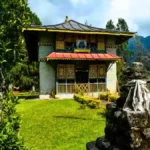
Yuksom, the former capital of Sikkim, is renowned for its breathtaking scenery, snow-capped mountains and one of the most oldest monastery of Sikkim, The Dubdi Monastery.
Question: Is Yuksom worth a visit?
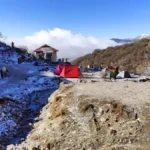
Yes Yuksom is worth visiting because of its stunning natural beauty, and rich cultural legacy. Yuksom is also referred as the third eye of Sikkim, due to its immense religious significance in Buddhism.
Which side of Sikkim is best to visit?
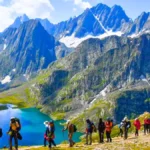
Sikkim’s east, west, and north parts offer unique natural beauty, with North renowned for scenic scenery, East for tourist attractions, and West for offbeat experiences.
Can I see Kanchenjunga from Yuksom?
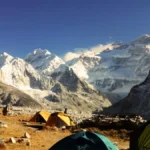
Yes, you can obtain a spectacular view of Kanchenjunga from Yuksom. Some of the popular treks such as Goech La and Dzongri treks offers a closer and majestic view of Mount Kanchenjunga.
Where is the coolest place in Sikkim?
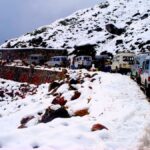
Sikkim’s coolest spots include MG Marg for nightlife, restaurants, and casinos, while zero point, the oldest, is the coldest at 15700 feet and can drop below -10 degrees Celsius.
Which month is best for Sikkim?

Sikkim offers unique scenic experiences during different seasons, with ideal visits between March and May and October and mid-December, and the autumn season offers a glimpse of the Himalayan Range.

